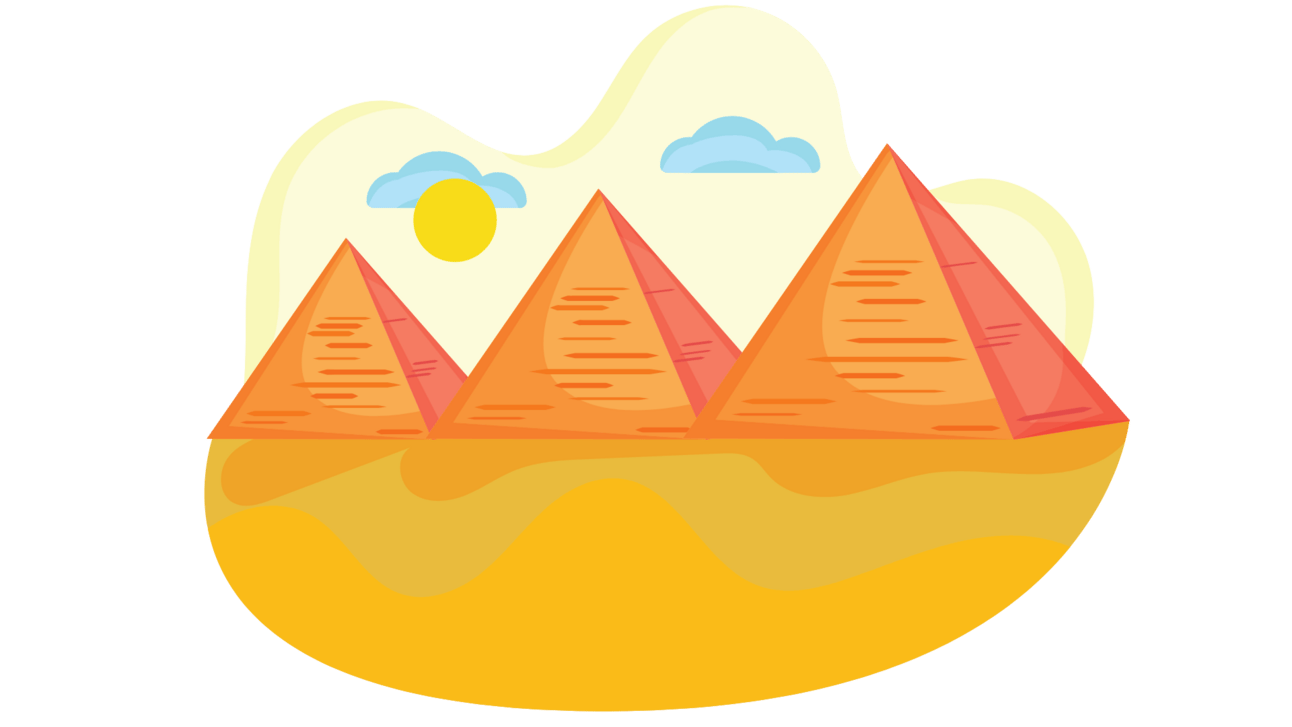Money, the cornerstone of economic exchange, has a rich history dating back to ancient civilizations. From the barter system of prehistoric times to the sophisticated monetary systems of today, the concept of money has evolved in tandem with human society's needs and innovations.
At its core, money serves as a medium of exchange, enabling individuals to trade goods and services efficiently. It also acts as a unit of account, providing a standard measure of value for pricing goods and assets, and a store of value, allowing individuals to save wealth for future use.
Throughout history, money has taken various forms, ranging from tangible commodities like gold and silver to paper currency and digital tokens.

Here's a brief overview that traces the history of money from its earliest forms to where we are now.
1. Barter System (Prehistoric Times to Ancient Civilizations): Before the invention of money, people relied on the barter system, where goods and services were exchanged directly for other goods and services without a medium of exchange. This system was limited by the double coincidence of wants, where both parties had to want what the other had to offer.
Here's a hypothetical example of what bartering might have looked like in ancient prehistoric times:
Imagine a small hunter-gatherer band living in a lush, diverse environment with access to various resources such as wild game, edible plants, and materials for crafting tools and shelter. Members of the band possess different skills and specialize in various tasks to ensure the group's survival.
- Hunter A excels at tracking and hunting game animals such as deer and wild boar.
- Gatherer B has extensive knowledge of local flora and knows where to find nutritious roots, berries, and nuts.
- Crafter C is skilled at fashioning tools and weapons from stone, bone, and wood, essential for hunting, food preparation, and defense.
In this scenario, bartering would occur as individuals exchange goods and services based on their needs and specialties:
- Hunter A might trade a portion of freshly caught deer meat with Gatherer B in exchange for a selection of foraged berries and nuts, supplementing their diet with additional nutrients.
- Gatherer B might trade some of their gathered resources with Crafter C in exchange for a finely crafted spearhead or arrow points, improving their hunting efficiency.
- Crafter C might trade their crafted tools with Hunter A in exchange for assistance in constructing a new shelter or repairing existing equipment, enhancing the group's overall survival capabilities.
These exchanges would be based on mutual trust, reciprocity, and the recognition of each individual's contributions to the group's well-being. While the exact details of bartering in ancient prehistoric times are speculative, this example illustrates how early humans likely engaged in reciprocal exchanges of goods and services to meet their basic needs and thrive in their environments.

Examples of civilizations, that relied on the barter system:
1. Great Zimbabwe (circa 11th - 15th centuries CE): The Great Zimbabwe civilization, located in present-day Zimbabwe, was renowned for its intricate stone structures and extensive trade networks. While the exact mechanisms of exchange are not fully understood, it is believed that barter, along with the use of commodities like gold, copper, and ivory, facilitated trade within the region and with traders from the Swahili coast and beyond.
2. Ancient Egypt (circa 3100 BCE - 332 BCE): In ancient Egypt, barter was a common practice alongside the use of commodity money such as grains, cattle, and precious metals. Farmers, artisans, and merchants engaged in barter to acquire goods and services essential for daily life and trade along the Nile River and with neighboring civilizations.
3. Mesopotamia (circa 3500 BCE - 500 BCE): In ancient Mesopotamia, which encompassed the lands between the Tigris and Euphrates rivers (modern-day Iraq, Kuwait, and parts of Syria and Turkey), the barter system was prevalent among farmers, craftsmen, and traders. Goods such as grains, livestock, textiles, and pottery were exchanged directly between individuals and communities.
4. Indus Valley Civilization (circa 3300 BCE - 1300 BCE): The ancient Indus Valley Civilization, located in present-day Pakistan and northwest India, relied on barter as a means of exchange. Archaeological evidence suggests that agricultural produce, pottery, textiles, and other commodities were bartered within and beyond the boundaries of the civilization's urban centers.
5. Ancient African Civilizations: Several ancient African civilizations, such as the Kingdom of Kush, the Kingdom of Axum, and the Ghana Empire, participated in extensive trade networks where barter played a significant role. Goods such as gold, ivory, salt, textiles, and agricultural products were exchanged among African societies and with traders from the Mediterranean, Arabia, and beyond.
These examples illustrate how the barter system was a fundamental aspect of economic exchange in early civilizations across different regions of the world before the widespread adoption of standardized forms of currency.
